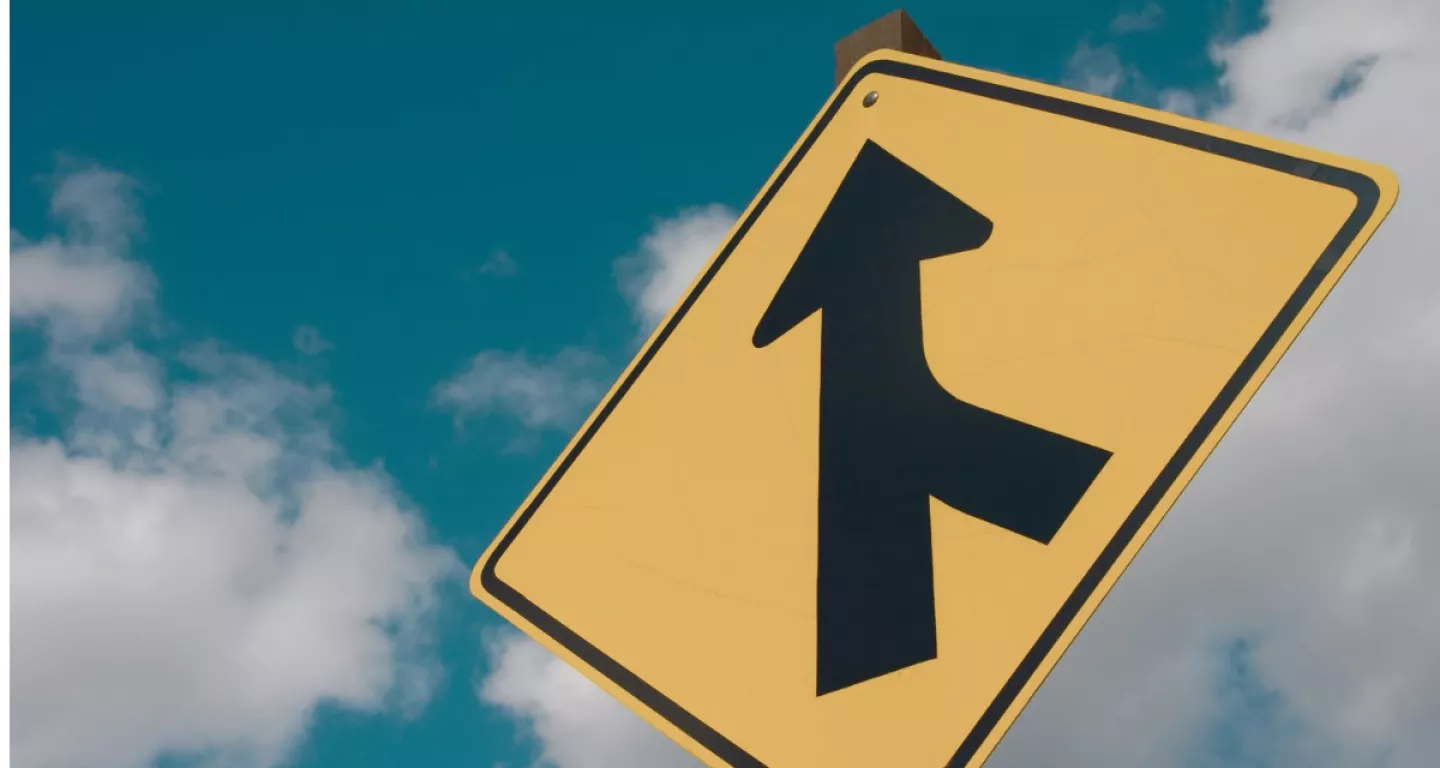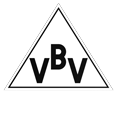Who’s at Fault: Merge Accidents in California?

Understanding Merge Lane Accidents: A Guide for California Drivers
What Factors that Determine Liability in a Merge Lane Accident
Navigating merge lanes, whether onto a freeway or out of a closing lane, presents challenges for drivers. Accidents can happen when caution is overlooked. Determining fault in such collisions isn’t always straightforward. If you’ve been injured in a merge lane accident and believe it’s the other driver’s fault, seeking legal assistance may help you recover compensation for damages. Here, we explore the factors considered in assigning liability for merge lane accidents.
Determining Right of Way for Merge Accidents in California
The primary consideration in a merge lane accident is establishing who had the right of way at the time of the collision.
Merging onto the Freeway
In California, freeway traffic typically has the right of way. Therefore, drivers merging onto freeways must exercise caution to avoid accidents and potential liability. According to state law, merging drivers should match the speed of traffic and avoid unnecessary stops. They should use mirrors, signals, and check blind spots before merging to ensure a clear lane.
Merging out of a Closed Lane
Unlike merging onto freeways, California lacks a clear policy on right of way when lanes are closing. Do drivers in closing lanes have the right of way to merge? Or should they yield to other lanes? Officials suggest that the situation dictates the merging process. If traffic is flowing steadily, drivers are advised to merge using an alternating “zipper” method. If traffic slows down, merging earlier is encouraged.
Improper Merging
Drivers failing to merge correctly may be liable for accidents. Common forms of improper merging include failure to signal, cutting off other drivers, crossing multiple lanes without caution, not checking blind spots, merging at inappropriate speeds, or leaving insufficient space between cars. While proving improper merging can be challenging, evidence like police reports, witness statements, or accident reconstructions can support claims of negligence.
Tips to Prevent Merge Accidents
For safe merging, always signal and check blind spots before changing lanes. Merge smoothly and avoid crossing multiple lanes at once, giving other drivers space to react. These precautions enhance safety for all road users.
Injured in a Merge Accident? Seek Legal Assistance
If you’ve been injured in a merge lane accident, consult a licensed attorney to determine liability and pursue compensation. Experienced attorneys can evaluate your case and guide you through the legal process. At VBV Law Group, we handle various car accident claims and offer free consultations. We operate on a contingency basis, meaning no fees unless you win. Contact us today for personalized legal support and explore your options without obligation. Your safety and rights matter to us.




